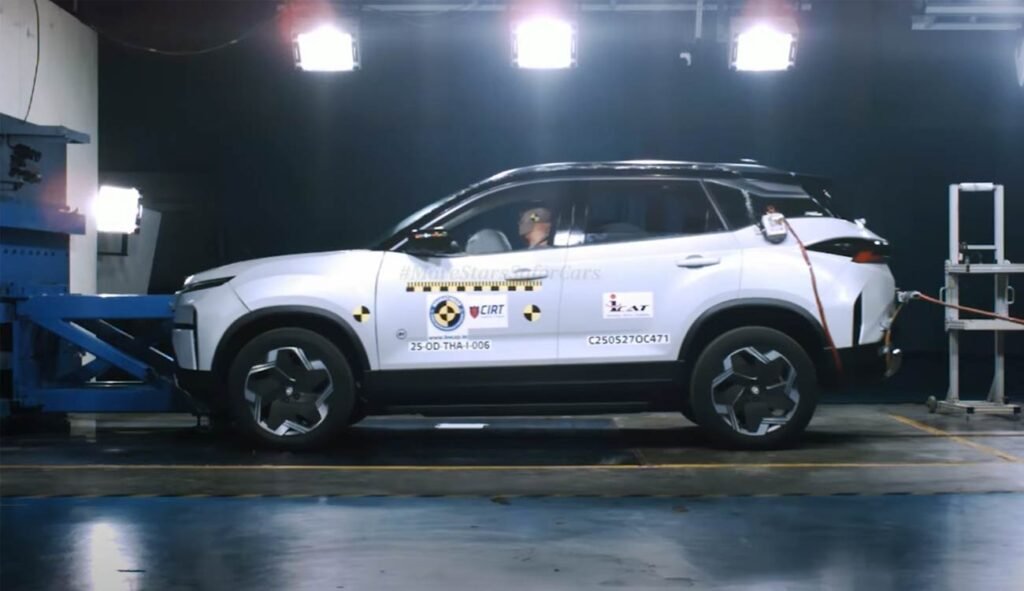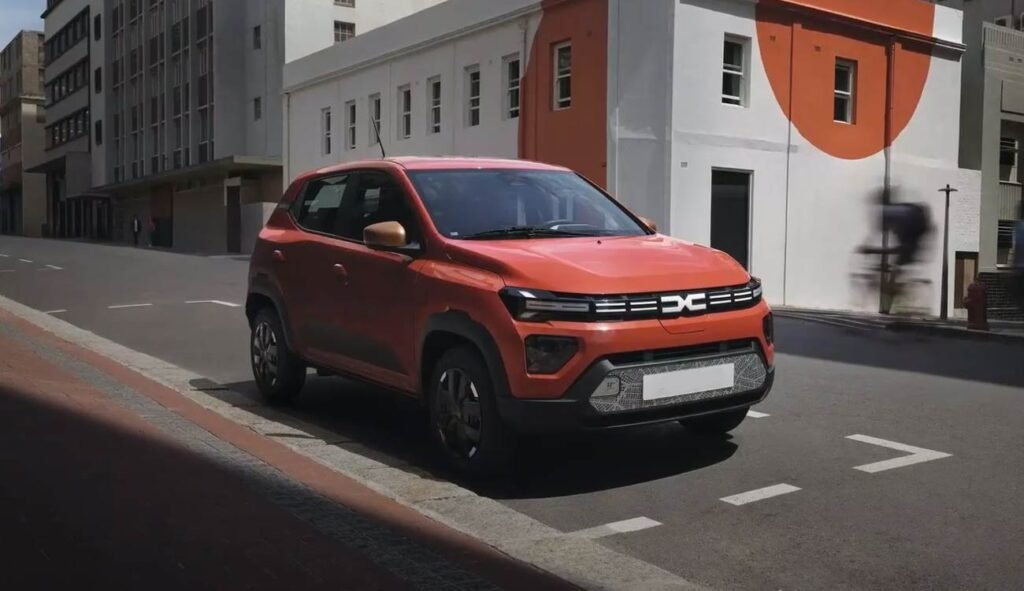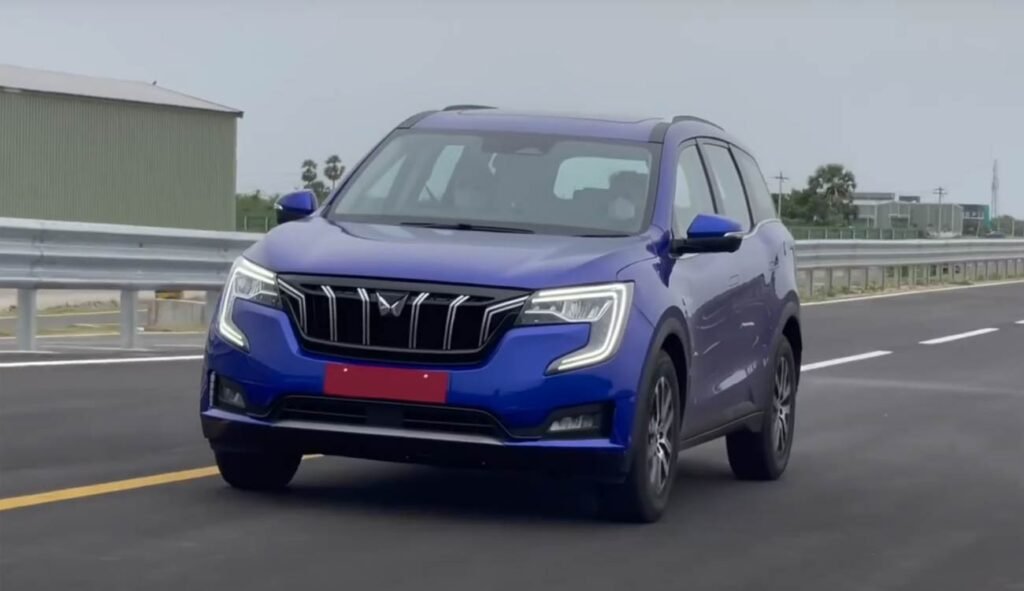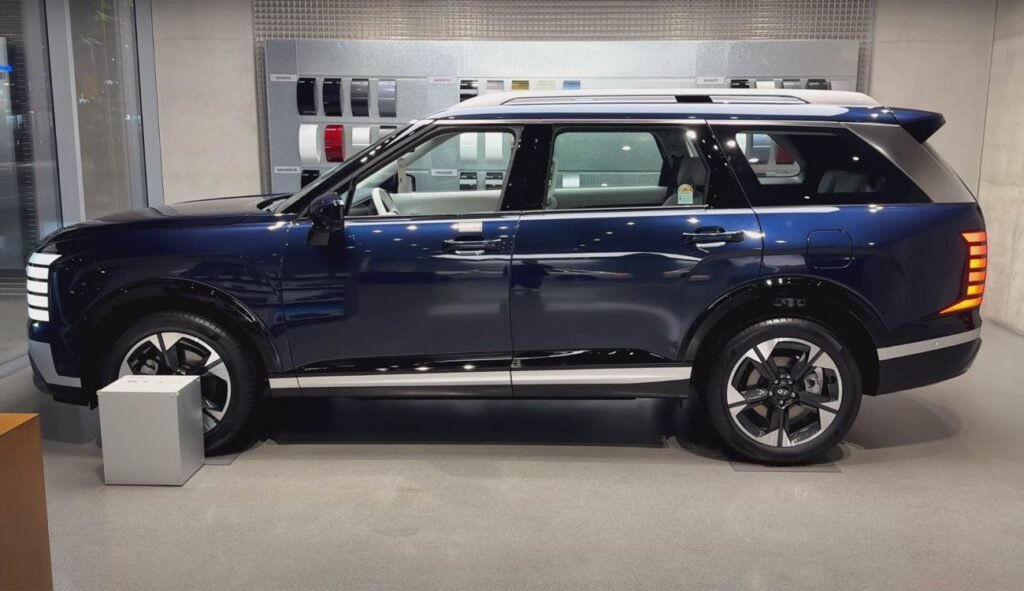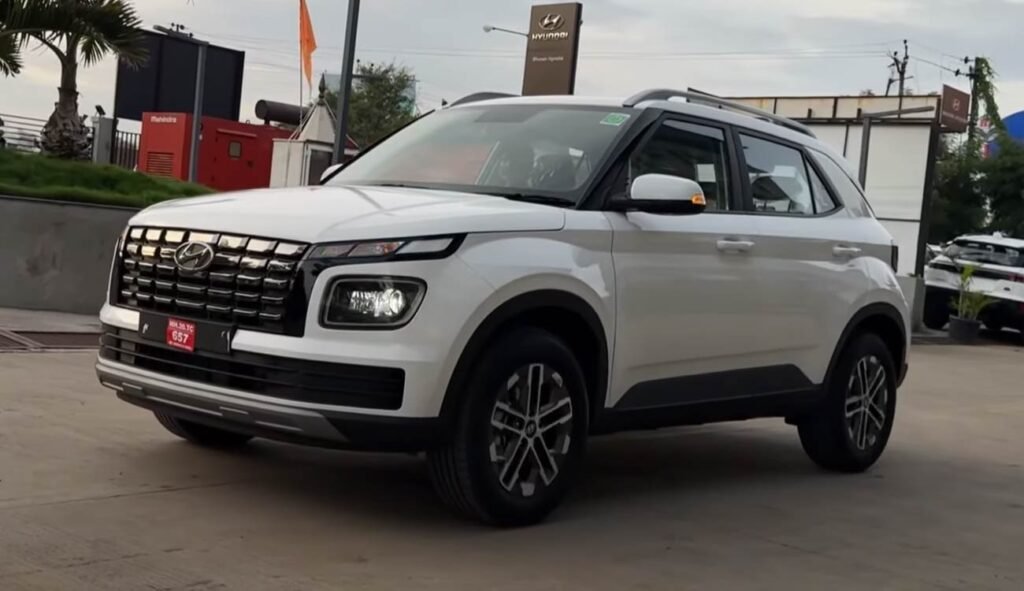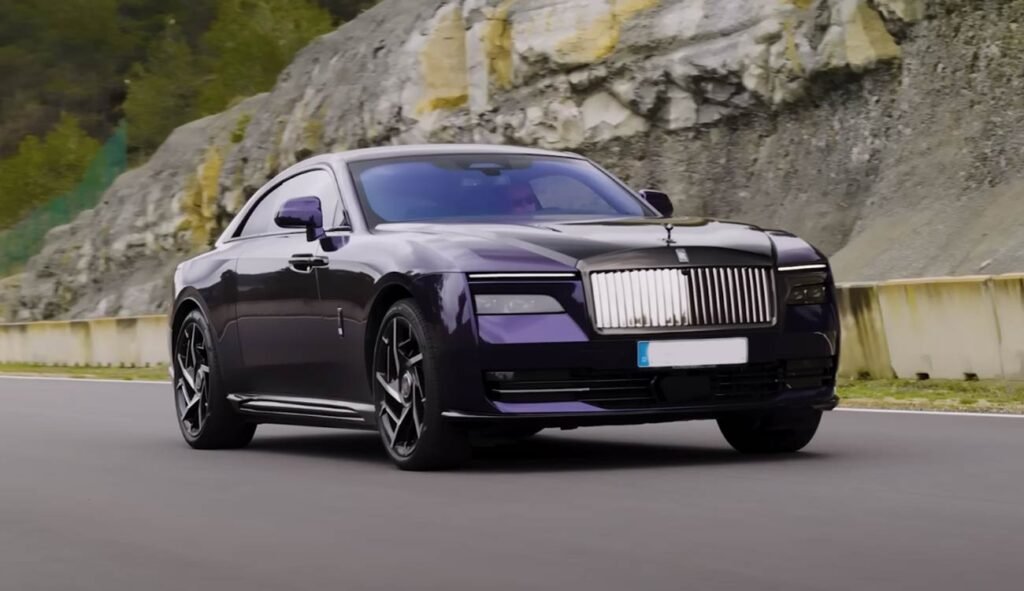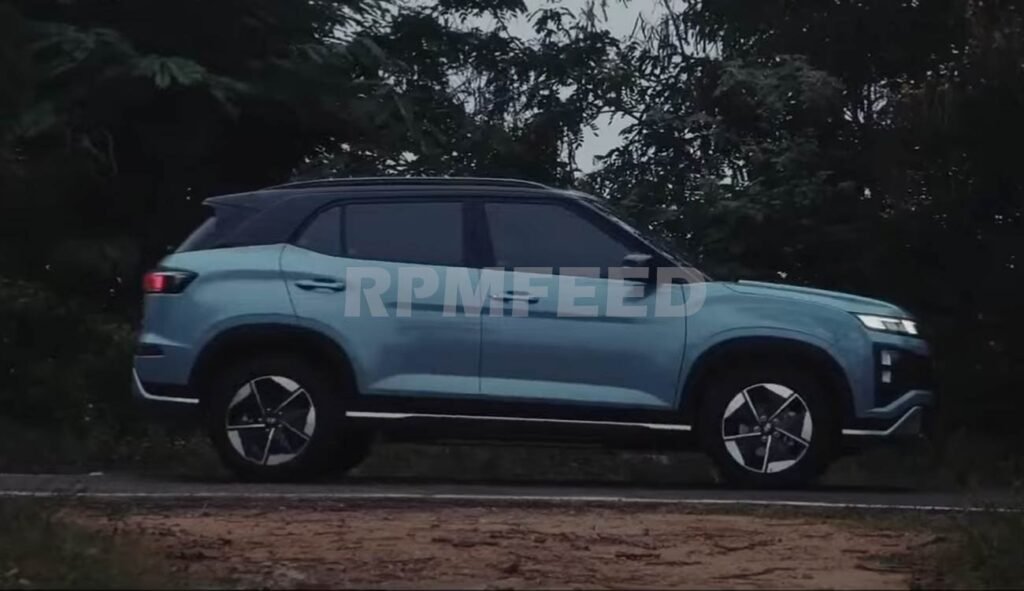A name like “Rubicon” carries more than just a ring of prestige; it tells a story of rugged accomplishment and bold challenges. For off-road enthusiasts, the Rubicon Trail is synonymous with the pinnacle of adventure, resilience, and engineering mastery. The Jeep Wrangler Rubicon, one of the most capable off-roaders in Jeep’s lineup, isn’t just named after this legendary trail—it’s built to conquer it. But what really makes the Rubicon more than a name or a badge? Jeep invited us to experience exactly that, first-hand, on the famed Rubicon Trail.
The Rubicon Trail: Jeep’s Proving Ground
Located in Northern California, just west of Lake Tahoe, the Rubicon Trail is a 22-mile off-road challenge packed with rugged terrain, breathtaking scenery, and relentless obstacles. Known as one of the toughest trails in the world, it’s a mecca for off-roaders looking to test their skills and their machines. From steep rocky inclines to silty trails and river crossings, the Rubicon Trail offers it all.
To earn the Rubicon name, Jeep’s engineers subjected the Wrangler to this punishing trail, ensuring it could handle the extreme conditions most vehicles wouldn’t survive. That’s what sets the Wrangler Rubicon apart—not just its performance but the ability to make this intense trek feel like an adventure worth relishing.
Driving the Rubicon
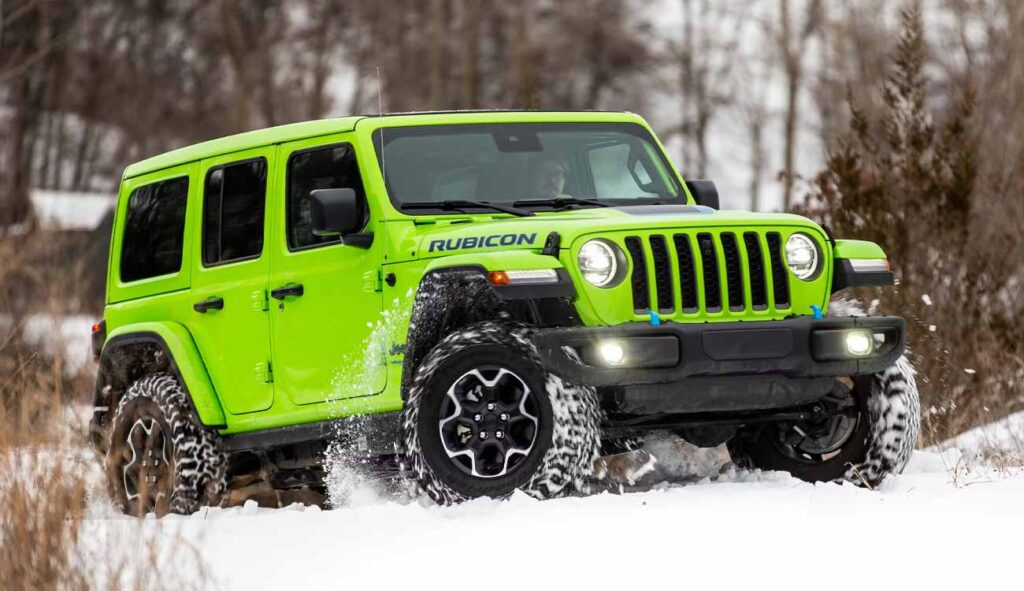
Driving the Rubicon isn’t just about skill; it’s about trust—in your vehicle and your team. For this adventure, Jeep paired us in teams, and each group took turns behind the wheel of various Rubicon models. Speeds ranged from zero to five miles per hour, offering a chance to truly appreciate the terrain and the Jeep’s capabilities.
The slow pace allowed us to pause, hike sections of the trail, and witness the Wrangler Rubicons tackle obstacles head-on. Watching these vehicles climb towering boulders and glide through rough patches with ease was nothing short of astonishing. Jeep’s arsenal of off-road features, from its low-range four-wheel drive to lockable differentials, transformed intimidating challenges into achievable feats.
The Jeep Wrangler Rubicon Lineup
What makes a Jeep Wrangler Rubicon truly Rubicon-ready? It’s a combination of thoughtful design and purposeful engineering. For this trip, Jeep provided a range of Wrangler Rubicon trims, including the iconic 2-door and 4-door models, hybrid 4xe versions, and the V8-powered Rubicon 392.
Wrangler Rubicon 392
Equipped with a thunderous V8 engine, the Rubicon 392 delivered effortless power and torque, climbing obstacles with minimal throttle input. Its roar added an exhilarating dimension to the drive, proving that capability and fun can go hand in hand.
Wrangler Rubicon 2-door
Lightweight and agile, the 2-door model shone on tight turns and steep inclines. Its shorter wheelbase made maneuvering through the tightest trails a breeze, proving it’s not just about size but agility.
Rubicon 4xe Hybrid
Efficiency met capability with the hybrid 4xe, which paired off-road prowess with eco-conscious engineering. It’s a reminder that the Rubicon badge isn’t just about tradition but also about innovation.
Each model came equipped with 35-inch tires, steel skid plates, and Jeep’s signature off-road tools, including disconnectable sway bars and front-and-rear locking differentials.

Rubicon Springs: A Trail Oasis
Crossing the Rubicon isn’t usually completed in a single day. Halfway through the trail lies Rubicon Springs, a welcoming retreat where tired adventurers pause to rest and refuel.
This makeshift oasis, nestled next to a river, feels like a haven for Jeep enthusiasts. For our overnight stay, Jeep pulled out all the stops, providing a full campsite experience complete with gourmet meals, live entertainment, and camaraderie among fellow adventurers. From s’mores by the fire to a coffee-filled sunrise, Rubicon Springs was more than a pit stop; it was a celebration of what makes Jeep culture unique.
Conquering Cadillac Hill
One of the most nerve-wracking segments of the Rubicon Trail is Cadillac Hill. This steep, rocky climb throws everything at drivers—from massive boulders to silty terrain and flowing water. It’s a place where doubts creep in, but so does determination.
For Cadillac Hill, the Rubicons deployed their full suite of off-road features. With four-wheel drive engaged, sway bars disconnected, and front-and-rear differentials locked, the Wranglers climbed what seemed impossible. Watching these machines dominate such a challenging section reinforces the Rubicon’s reputation as a trail king.
Lessons from the Trail
The Rubicon Trail isn’t just a physical challenge; it’s a perspective changer. For many of us, the experience completely reshaped how we approach off-road driving. Obstacles we once thought impassable became manageable with the right tools and mindset—not to mention, the Jeep Wrangler Rubicon’s unmatched capability.
Afterward, even local Los Angeles trails felt different. With a fresh set of off-road eyes, confidence soared. Of course, not every trail can be tamed in just any vehicle, but with the Rubicon, the impossible suddenly feels possible.
Why the Rubicon Name Matters
The name “Rubicon” isn’t just a marketing ploy; it’s a declaration of what Jeep stands for. It represents grit, capability, and a heritage of conquering the toughest terrains. To wear the Rubicon badge, a vehicle must endure and excel on the Rubicon Trail itself. It’s this combination of authenticity and engineering excellence that cements the Rubicon’s legendary status.
A drive along the Rubicon Trail reveals not just the strength of Jeep’s vehicles but also the joy and adventure that comes with pushing boundaries. It’s this spirit that turns drivers into enthusiasts and a name into a legacy.
